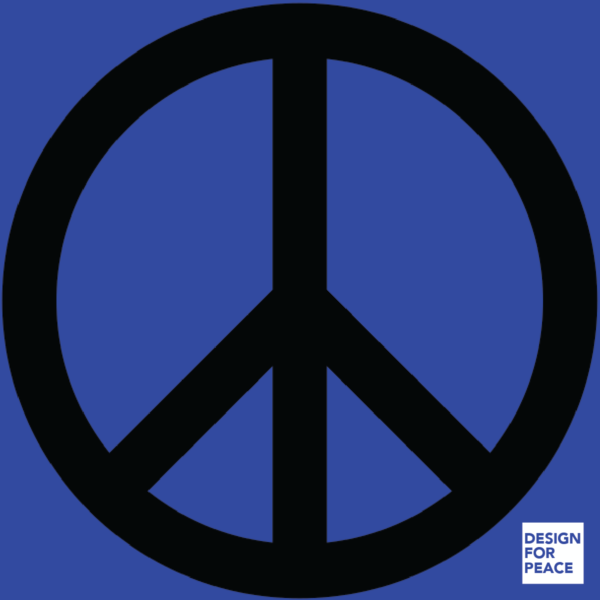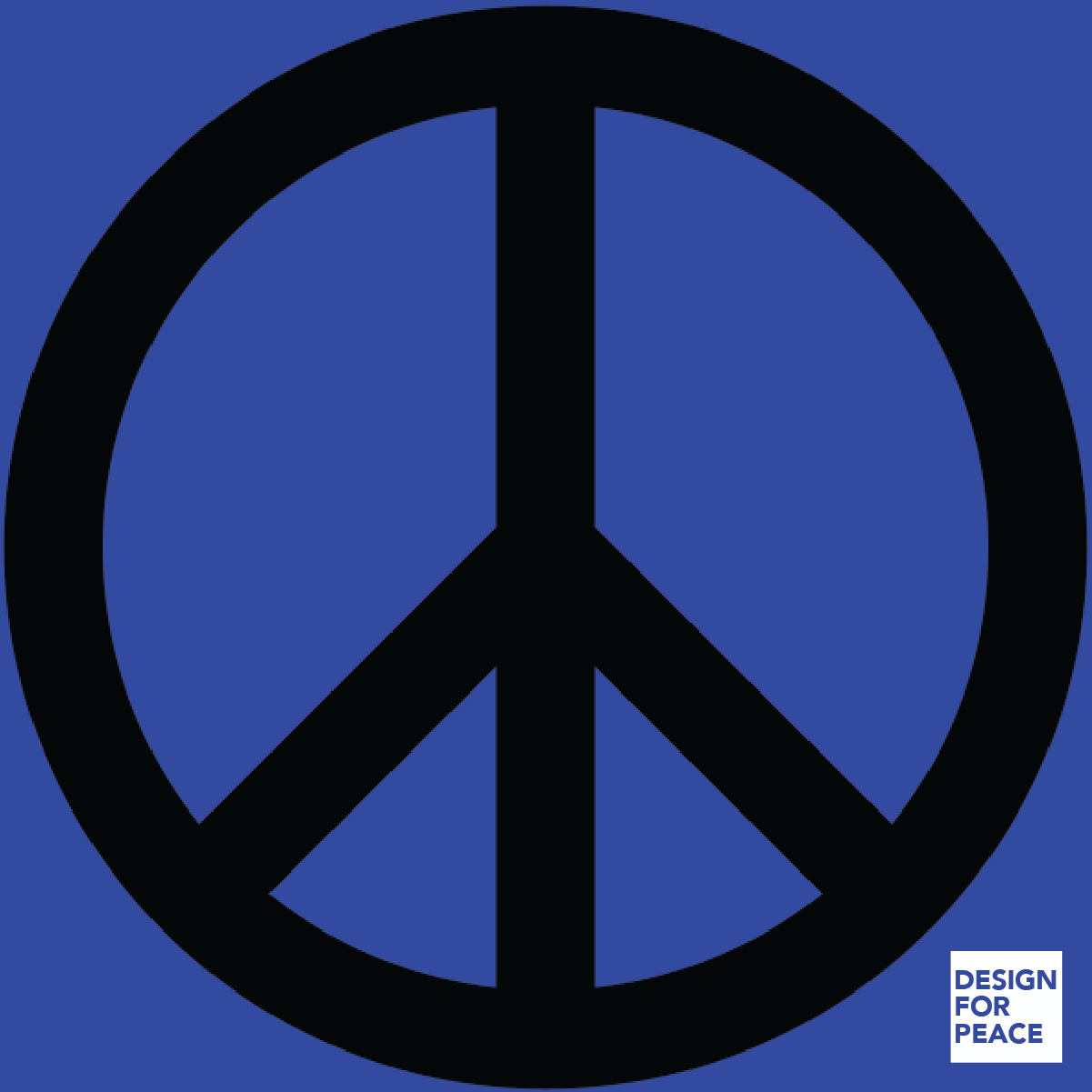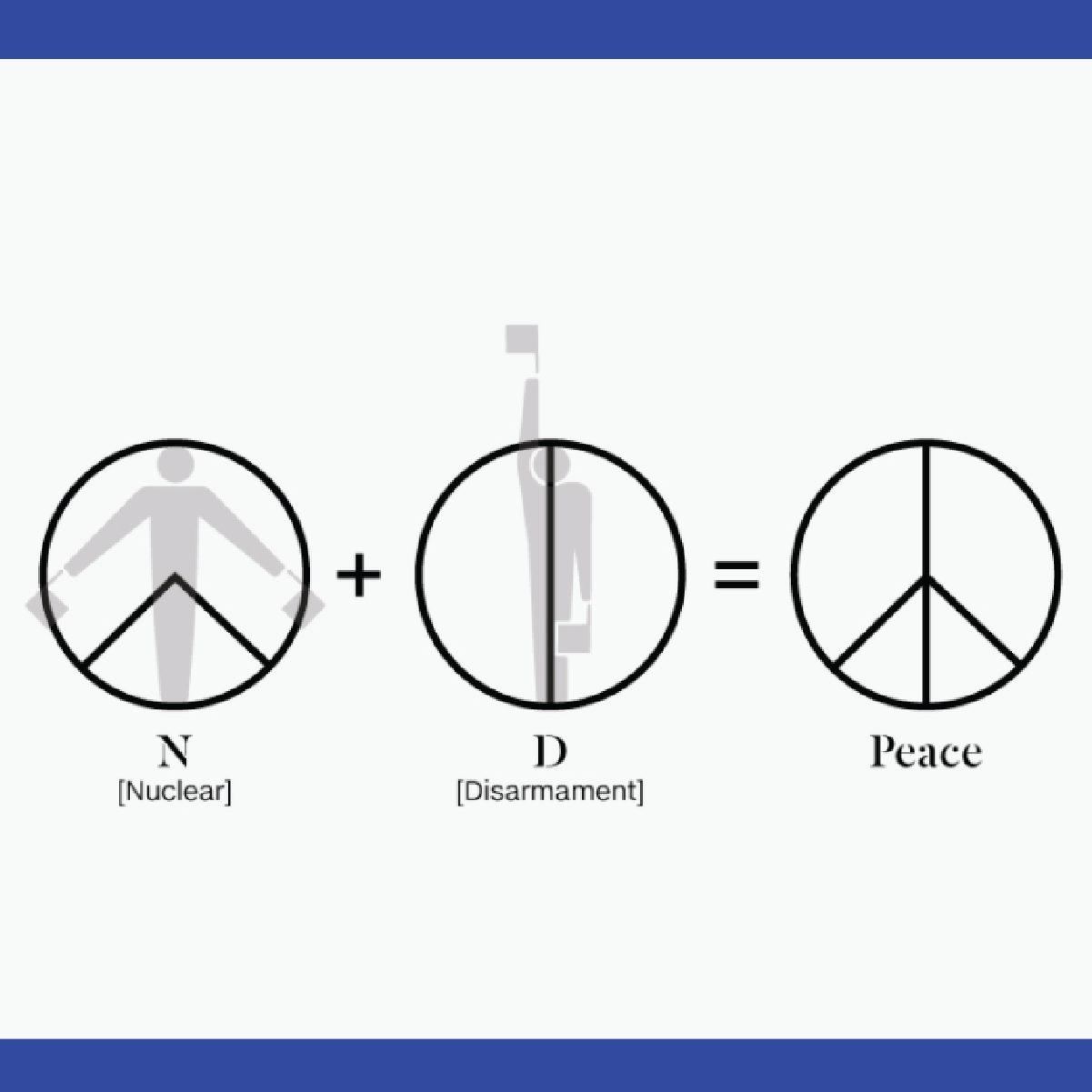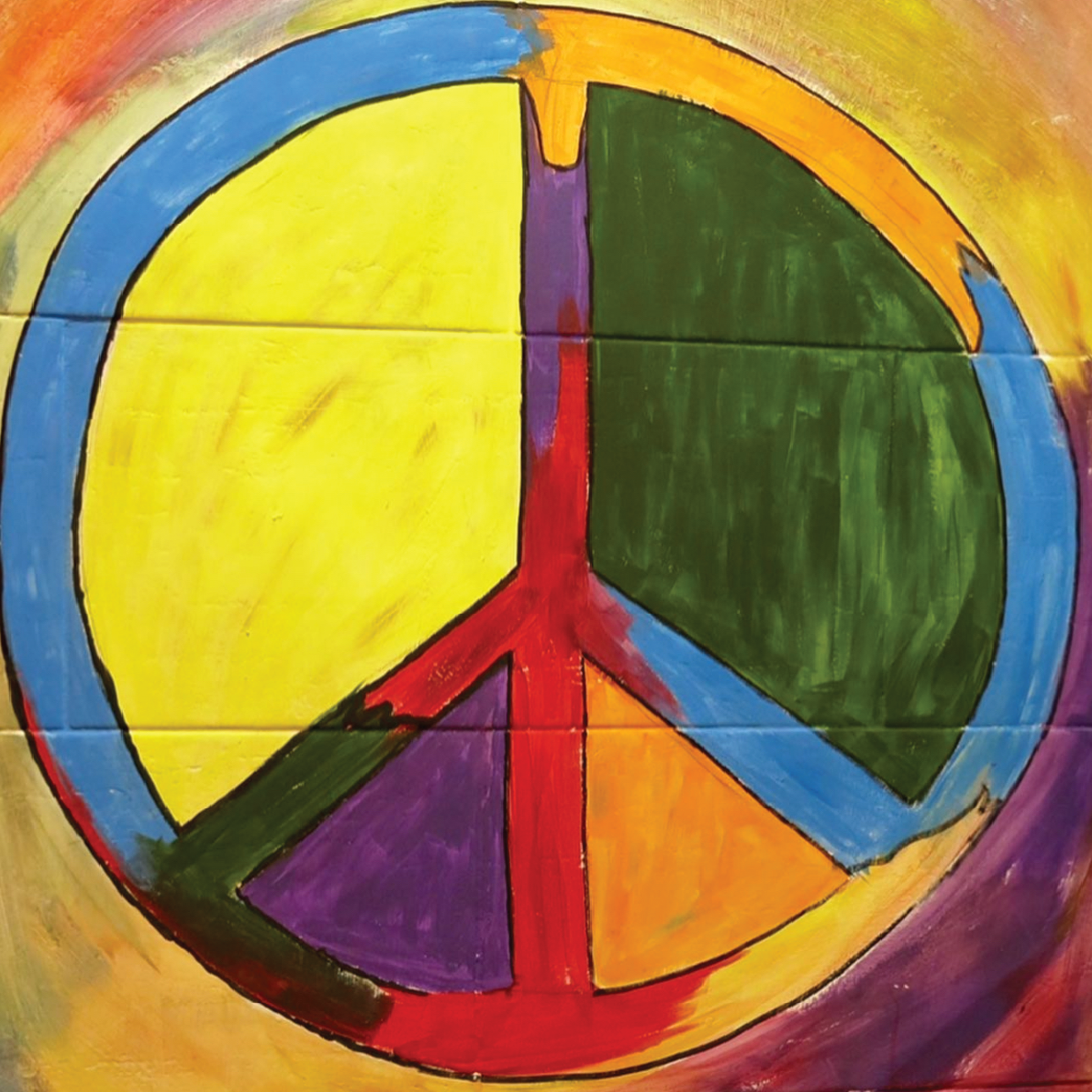The Peace Sign: From Anti-Nuclear Movement to Global Icon
Symbols have a remarkable ability to transcend language barriers, embedding deep-seated meanings into simple shapes and colours. Among some of the most universally recognised symbols are those that represent peace. From ancient times to the modern era, peace symbols have served as emblems of hope, unity, and resilience in the face of conflict.
On Good Friday 1958, thousands gathered in London’s Trafalgar Square to protest nuclear weapons. They were responding to a string of test blasts conducted by the United Kingdom, the third nation to join the nuclear club after the US and USSR. Gerald Holtom, a designer and a pacifist, developed a symbol to be specifically used for the march. He believed that an icon being carried by thousands will have a better impact in bringing the message across.
This gave rise to perhaps the one of the most recognisable symbols of our time, and one of my personal favourite pieces of design, associated with peace today – the circular peace sign. The symbol was adopted soon after by the Campaign for Nuclear Disarmament (CND). The design combines the semaphore symbols for “N” (nuclear) and “D” (disarmament) in a circle, representing a call for an end to nuclear weapons.
As the Vietnam War escalated in the mid-1960s, the peace symbol was adopted by anti-war protesters and the counterculture movement. Initially intended for anti-nuclear protests, the peace sign soon transcended its original meaning, becoming emblematic of the broader peace movement during the 1960s. It was adopted by activists during the Vietnam War, becoming synonymous with peace, love, and anti-violence, finding its stereotypical place on Volkswagen buses and acid-wash T-shirts. Intentionally kept free from copyright [I love that], it travelled far and wide, appearing in the former Czechoslovakia as a symbol against Soviet invasion, and in South Africa to oppose Apartheid. The Peace Sign went from an anti-nuclear movement to a global icon over the years.
Having said that, this symbol, like most other peace symbols we have in our design language, have often emerged as responses to conflict and tied to anti-war sentiments. But peace, as a concept, encompasses much more than the absence of war. With globalisation and the digital age, peace has taken on an international dimension. its important to evolve in our understanding of peace as a multi-dimensional concept.
The concept of peace can be broken down into four interconnected levels, each building upon the other to create a more harmonious world. These levels are: Inner Peace, Interpersonal Peace, Community Peace, and Global Peace. The fact that Global Peace [and hence wars we see today] is at level 4, is something to think about.
[Image 3 – from the walls of Istanbul, near the Galata tower – ©sheerazwania Aug 2018]




